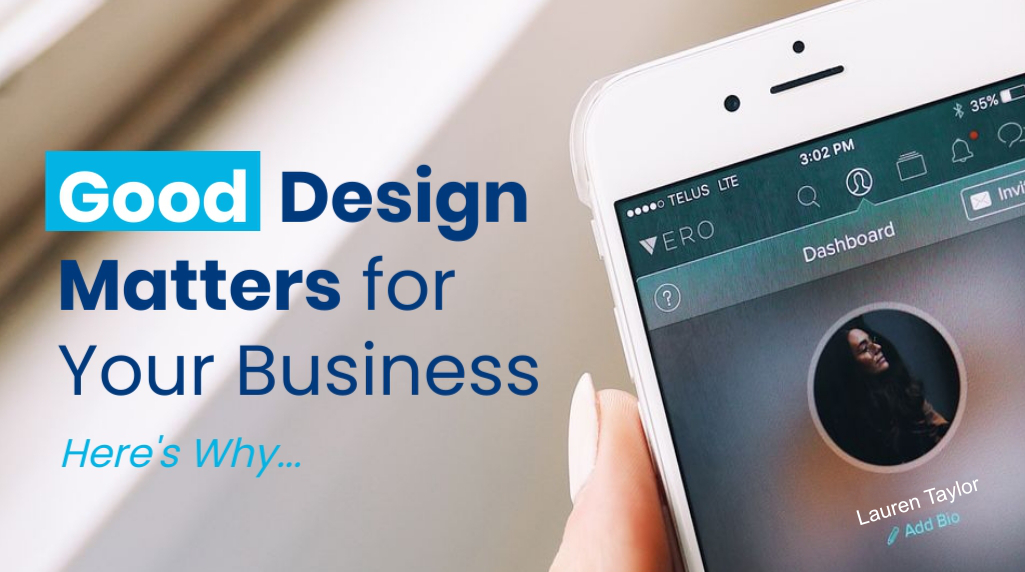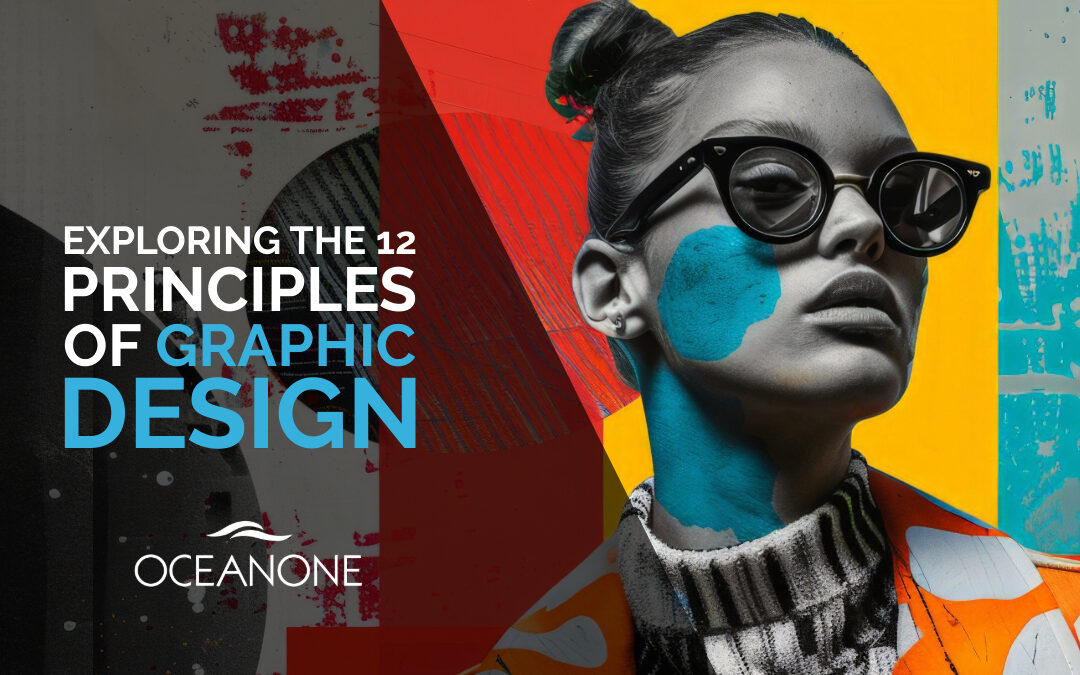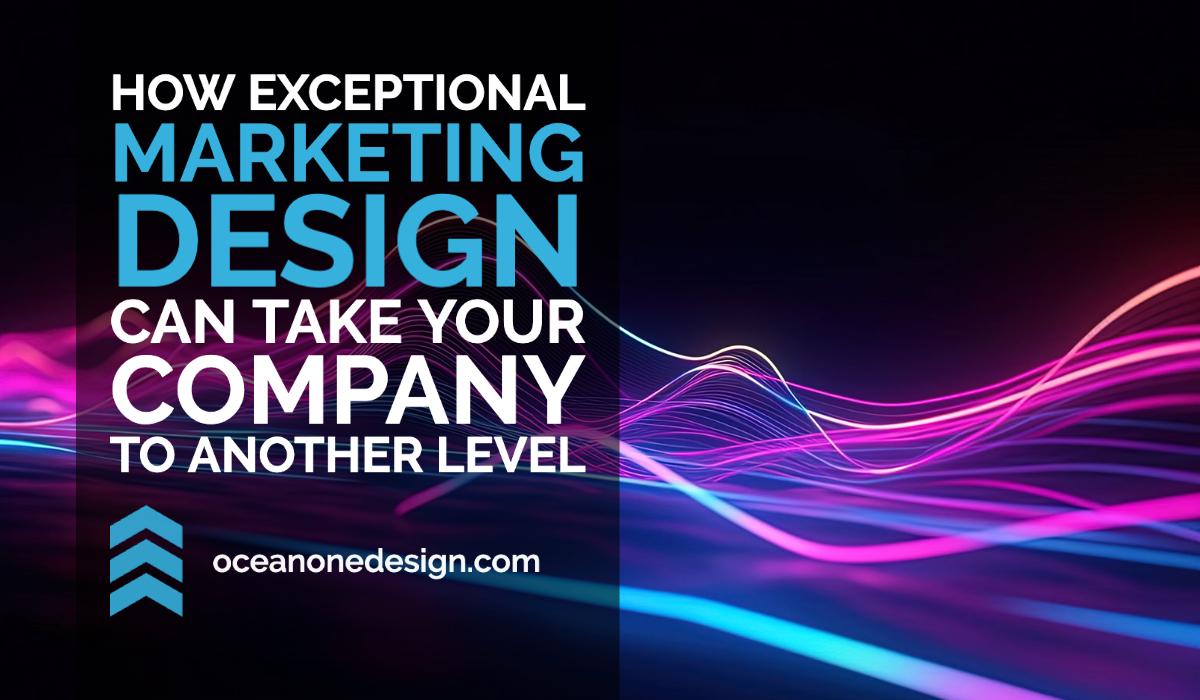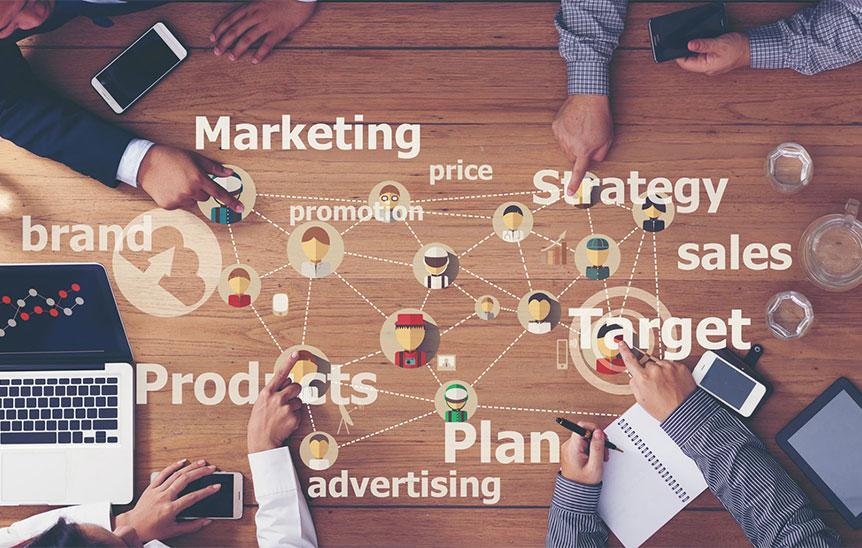Design affects everything we do, from how we communicate to how we work. Great design unites a company and sets it apart from others. It can make the difference between a company that thrives and one that struggles.
Great design helps people, not just machines. It impacts their emotions, their empathy, their understanding of the world. It is important for your business too.
Design matters for your business in many ways. It is not just about look and feel, but how it makes people feel, what it does to their emotions, empathy, and understanding of the world.
What is Good Design?
Good design is a process. It’s a way of looking at the world that shapes how we see, understand, and interact with it.
Designer Stefan Sagmeister says “It’s not just about look and feel. It’s about empathy. It’s about understanding people, not just computers. “Great design matters for your business it doesn’t just affect how something looks; it affects how people feel.”
To make sure you have great design, you first need to understand what great design really is. That means defining what good design is for your company and why it matters to you.
It’s important to not let your brand look dated. It needs a refresh once in a while.
You need to figure out what your company stands for and what values it embodies in order to shape those values into good design principles. It’ll make a big difference for the long term success of your business.
Quality design is priceless. Every business should care about it.
First Impressions Matter
People form opinions about your company in about 50 milliseconds, based on visual signals. The visual identity of your company includes all the elements that make up your branded products and their packaging.
Good design is about more than just making a good first impression. It’s about taking into consideration the needs of your customers, and creating products, services and experiences that are relevant to them. It’s about getting to know your customers better, in order to give them what they really need now and in the future.
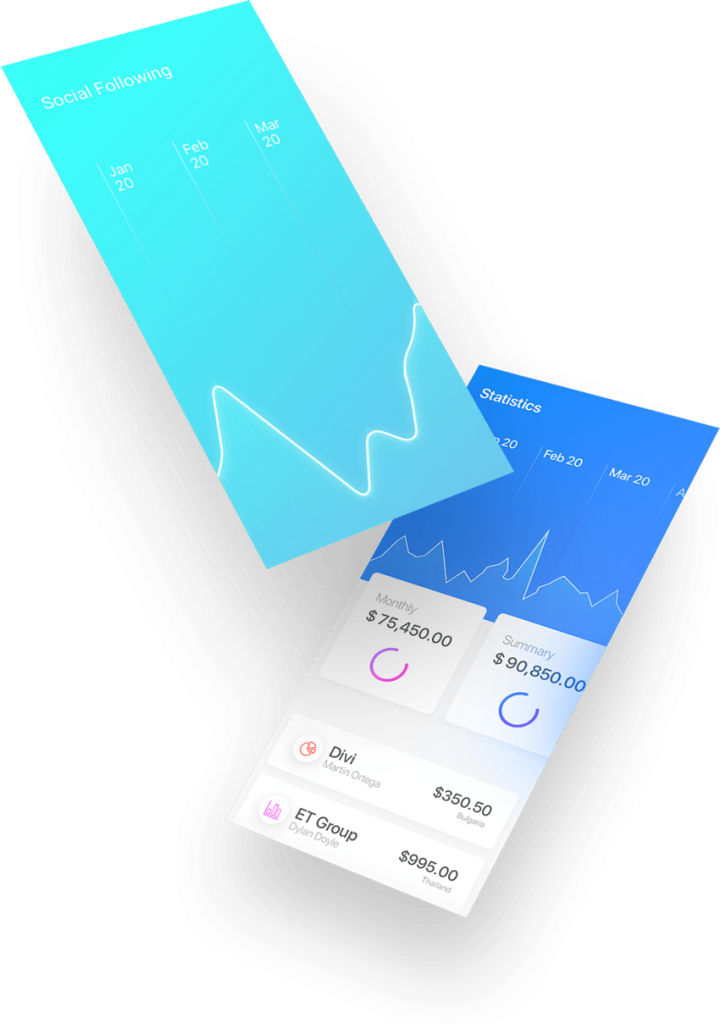 Branding is not a one time project. It needs to grow and evolve over time to stay relevant.
Branding is not a one time project. It needs to grow and evolve over time to stay relevant.
Design matters for consumers because their preferences affect the brands they buy, how long they stay loyal to a brand, what products they demand in the future and how much money they are willing to spend on these products.
The number one reason consumers choose a product or service is based on its quality.
Good design makes it possible for you not only to create eye-catching visual elements but also to improve user experience. That’s why having great design in your marketing collateral matters so much for any campaigns or communications that you publish.
Great design provides a quick and effortless way for customers to recognize your products, evaluate them and decide whether or not they really want them.
The visual identity of a product adds value to it by creating a more appealing appearance, increasing its perceived quality and even making it more functional.
An attractive package is one that attracts potential buyers because it shows the value of the product, its richness in content, or because it forms an emotional connection to the buyer’s desires.
Design Thinking
In Design Thinking, the approach is to understand the problem(s) before looking for solutions.
This is especially important in sales and marketing, where many professionals rely on their instincts, or their past experience, or even on the latest trend to build their sales and marketing strategies. There’s nothing wrong with that, as it sometimes works; but there’s a better way.
That way is design thinking.
Thinking as a designer involves asking a lot of questions and looking at things from the customer’s point of view. It may sound like common sense but it’s not common practice.
It’s easier to start with your company goals and set a sales and marketing strategy from there, but consumers today want organizations to relate to them in a personalized way — they want to have more choices, they want to have control.
Well designed branding can increase customer satisfaction in many ways:
Unlike traditional advertising strategies, good design is a part of every aspect of your brand communication with customers and prospects including packaging, infrastructure, web pages, marketing materials and any other place where you communicate with them. Design thinking is more likely than advertising & marketing to generate repeat customers.
How to Achieve Good Design
Achieving good design is not about trying to be a designer. It’s about understanding the principles of good design and applying them to your business. It’s about understanding and appreciating the value of well-executed design.
The key to achieving good design comes from three sources: empathy, simplification, and storytelling. You need to empathize with your customer, simplify their lives, and tell them a story that connects with them on an emotional level.
Good design is intuitive and thoughtful. It helps people, not just computers understand the world around them. Great designs are those that make people feel something or care about what they see before them. The best designs are those that make you feel like the designer understood you before you even knew you needed anything designed!
Good Design Is Simple
Great design should be simple, clear, and functional. It’s not about decoration, it’s about communication. A good designer is a thoughtful collaborator who will ask the right questions to help you achieve your goals.
Emotional Design
Great design will create an emotional connection between the business and its customers.
 Design connects with emotions, which helps people feel more connected to your company. For example, Starbucks cups are a big part of the company’s identity. The design of the cups evoke feelings in people—ones that they connect with Starbucks because of. We can see this as one way that great design matters for your business.
Design connects with emotions, which helps people feel more connected to your company. For example, Starbucks cups are a big part of the company’s identity. The design of the cups evoke feelings in people—ones that they connect with Starbucks because of. We can see this as one way that great design matters for your business.
Designers have a lot of power in a company, and that power should be respected and taken seriously. Often companies think design is just something on the side or something extra to do if they have time or money left over at the end of a project.
Designers have the power to create a great experience for customers; they have responsibility to do their best work to make sure their vision is executed well and creates an emotional connection with customers. Great designers are passionate and driven; they want their designs to be successful so that people will use them and love them. They care deeply about their work and want it to be great.
User-Centered Design (UCD)
User-centered design (UCD) is the process of designing products with users in mind. UCD has been a huge success because it is a UX methodology that provides insight into what customers want, need, and expect. It helps companies understand how to build products that people value and love.
Moreover, UCD gives you a competitive edge in differentiating your products from others. It focuses on empathy, the user’s emotions, their understanding of the world, which all help businesses grow. The bottom line is that if you have a better understanding of your customer’s needs, you can create better products for them.
The Importance of Clear Communication
Communicating well is a complex process. You need to be clear and concise in your messaging, but also manage to show personality at the same time. A lot of this is based on how you design your message and how you present it.
 You may want to consider hiring a professional designer who understands the nuances of communication. Professionals understand typography, color theory, aesthetics, layout, and more. They can help you craft messaging that effectively communicates your message without being overdone or cluttered.
You may want to consider hiring a professional designer who understands the nuances of communication. Professionals understand typography, color theory, aesthetics, layout, and more. They can help you craft messaging that effectively communicates your message without being overdone or cluttered.
Designers can help with everything from logos and layouts to infographics, websites, and social media graphics. They can advise on what language is most appropriate for your audience or suggest new ways for you to communicate better with customers as trends change.
Conclusion
With a clear sense of what is good design, you can create a design strategy that will help you achieve your marketing goals and reflect your brand.
- Good design is anything that solves the problem that it was intended to solve.
- People are more likely to be interested in a product if it looks aesthetically pleasing.
- The best design results are achieved by understanding the user and designing accordingly.
- Good design is simple because simplicity is elegant and timeless.
- Emotional design is based on the idea of creating an emotional response in the user through visual and interactive design elements.
- UCD is a user-centered approach to design, where insights from the users themselves guide the design process.
- Clear communication is important in effective design because it helps people understand the message with minimal effort.
Interested in having us build a customized marketing strategy for your company?
[vc_row][vc_column][modal_popup_box toppadding=”15″ btnsize=”20″ btnradius=”20″ titlealign=”center” titletext=”Book a Strategy Call” titlesize=”27″ titleline=”4″ contentpad=”30″ contentpad2=”30″ btn_icon=”far fa-arrow-alt-circle-right” btntext=”Book a Strategy Call” btnclr=”#ffffff” hoverclr=”#ffffff” btnbg=”#36b1de” hoverbg=”#1e73be” titleclr=”#ffffff” titlebg=”#36b1de” bgclr=”#ffffff”]

